Scientists working for the Louisiana Geological Survey believe they may have discovered a large crater caused by the impact of a meteor more than 10,000 years ago. The crater, more than a mile across, was discovered in a rural area of St. Helena Parish in southeastern Louisiana.
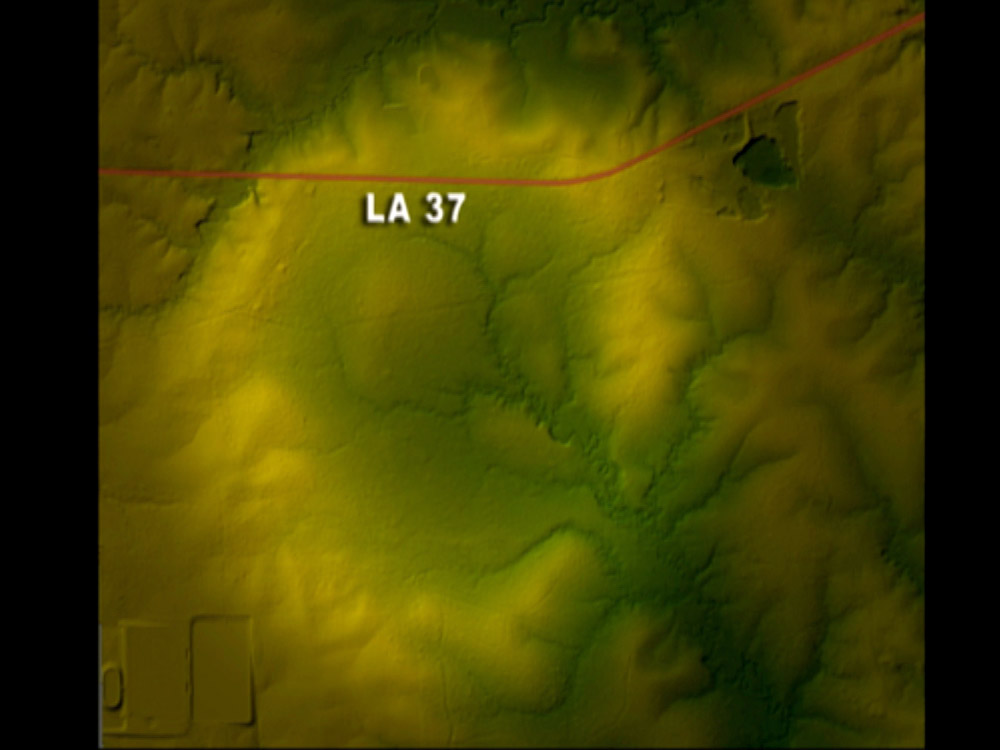
Paul Heinrich of LSU and other scientists noticed a circular depression in a laser image along Louisiana Highway 37. Heinrich explained that “since there are no volcanoes in Louisiana and there are no salt domes in this part of Louisiana, we knew that something strange was happening.” Further research indicated that the feature was likely a meteor crater, possibly caused by a meteor impact that occurred more than ten thousand years ago.
Catastrophic Effects of the impact
The impact of the meteor would have been catastrophic, with the potential to similar to a small nuclear explosion. Heinrich estimates that anyone or anything within 20 to 30 miles of the impact would have been either killed or very badly injured. He estimated that the meteor was at least a hundred feet in diameter, similar in size to the meteor that made a crater in Arizona.
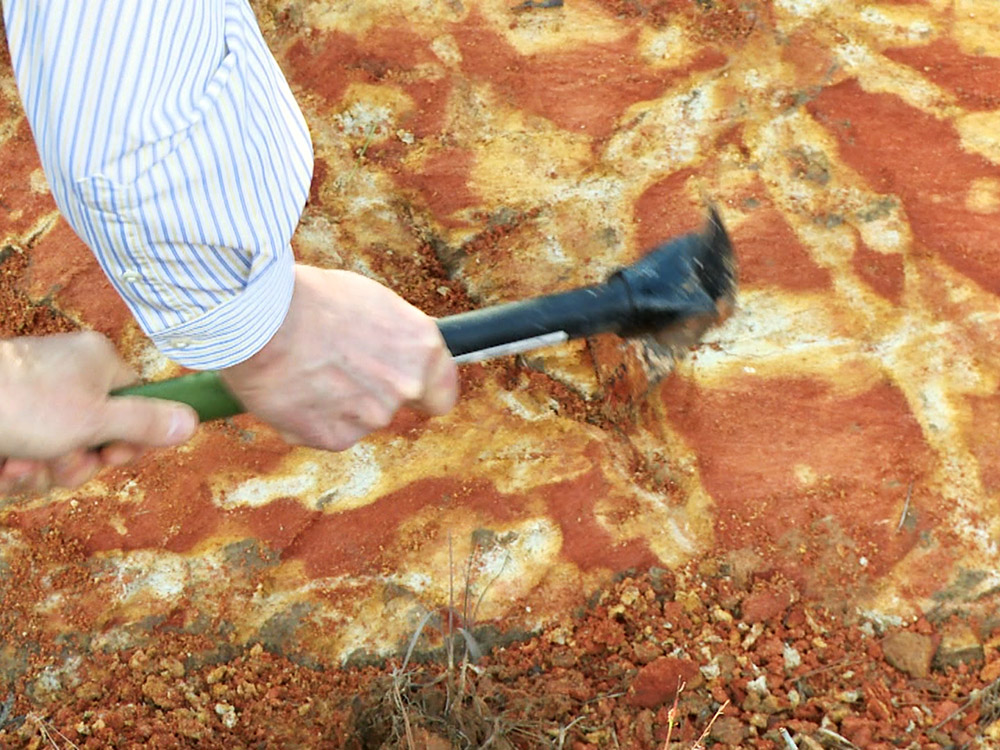
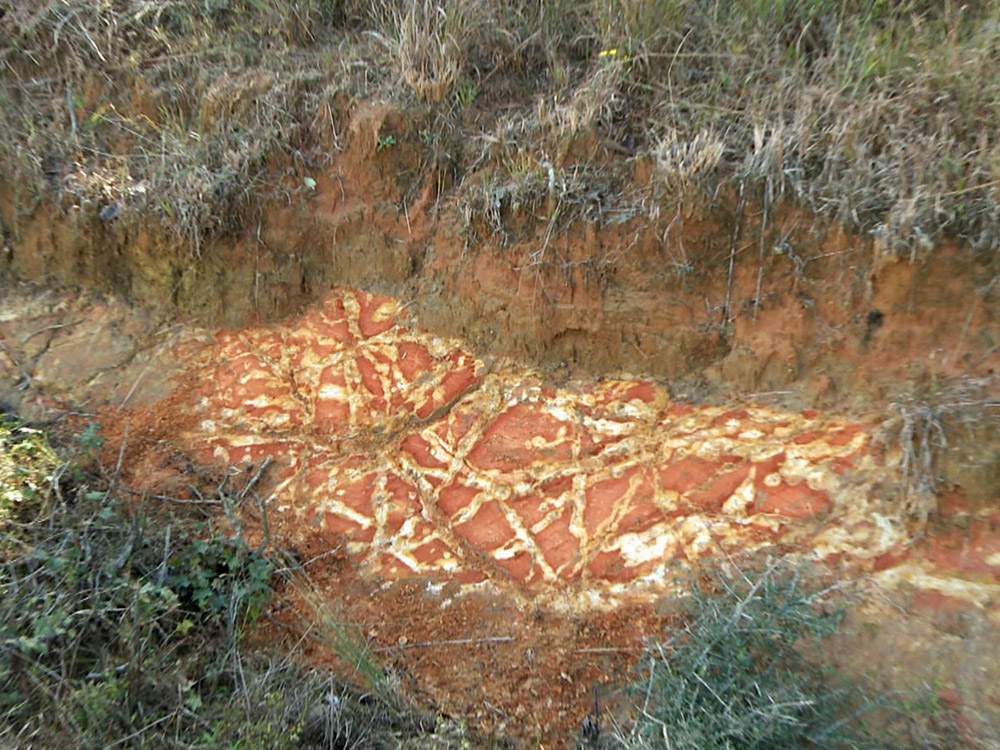
The impact fractured the iron-rich bedrock and superheated water bleached the sediment. The evidence of the impact is visible near the crater’s rim, with tiny pieces of quartz showing similar shock marks.
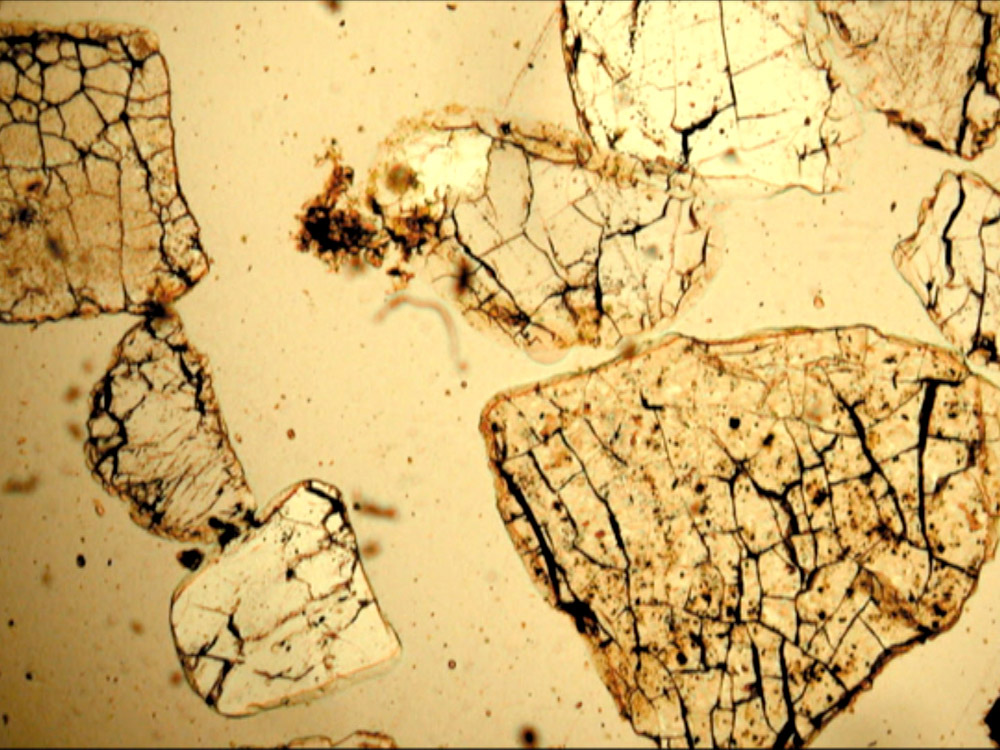
exploring the louisiana meteor crater
While erosion and weathering in Louisiana’s soft soil have erased what was once a massive hole, the outline of the crater is still visible today. A St. Helena Fire Station is located on the western rim of the meteor crater, about 3 miles southwest of the town of Greensburg. Despite searching for fragments of the meteorite, geologists have had no luck. Typically, as much as 90 percent of the iron or rock meteorite would vaporize on impact. This type of meteor impact occurs every 2,000 to 6,000 years.
louisiana meteor crater featured on tv
drive through the louisiana meteor crater
Louisiana Highway 37 runs through a portion of what is likely a meteor crater, located a few miles south of Greensburg. There is a fire station located on the western rim of the crater, and you will see the road drop in elevation to the east.
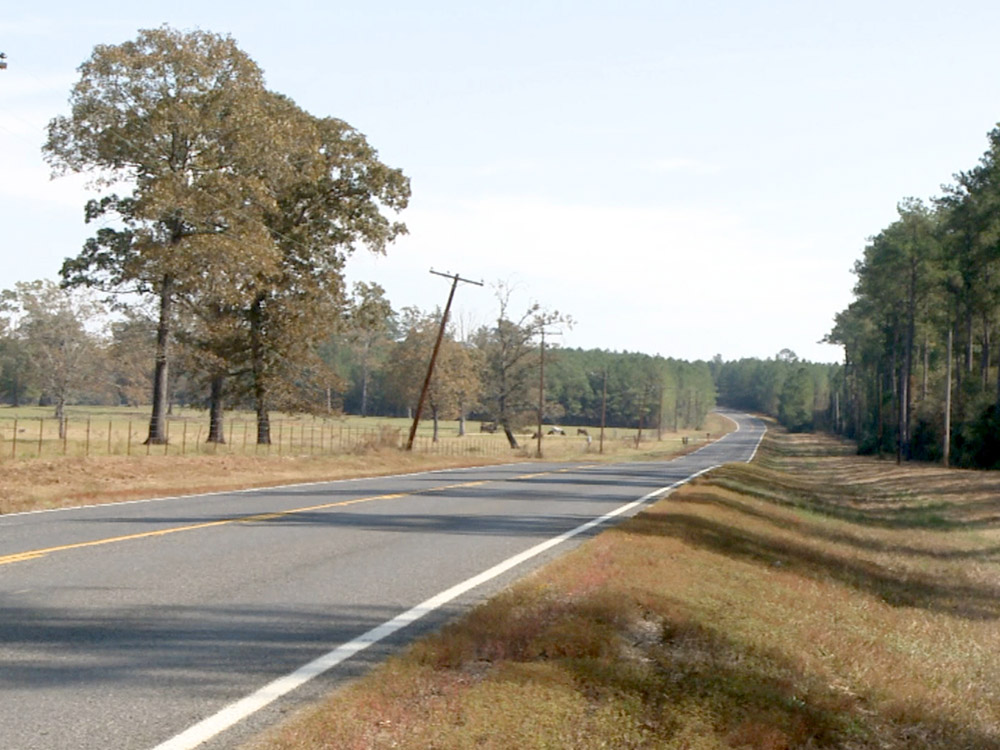
LA-37, Greensburg, LA

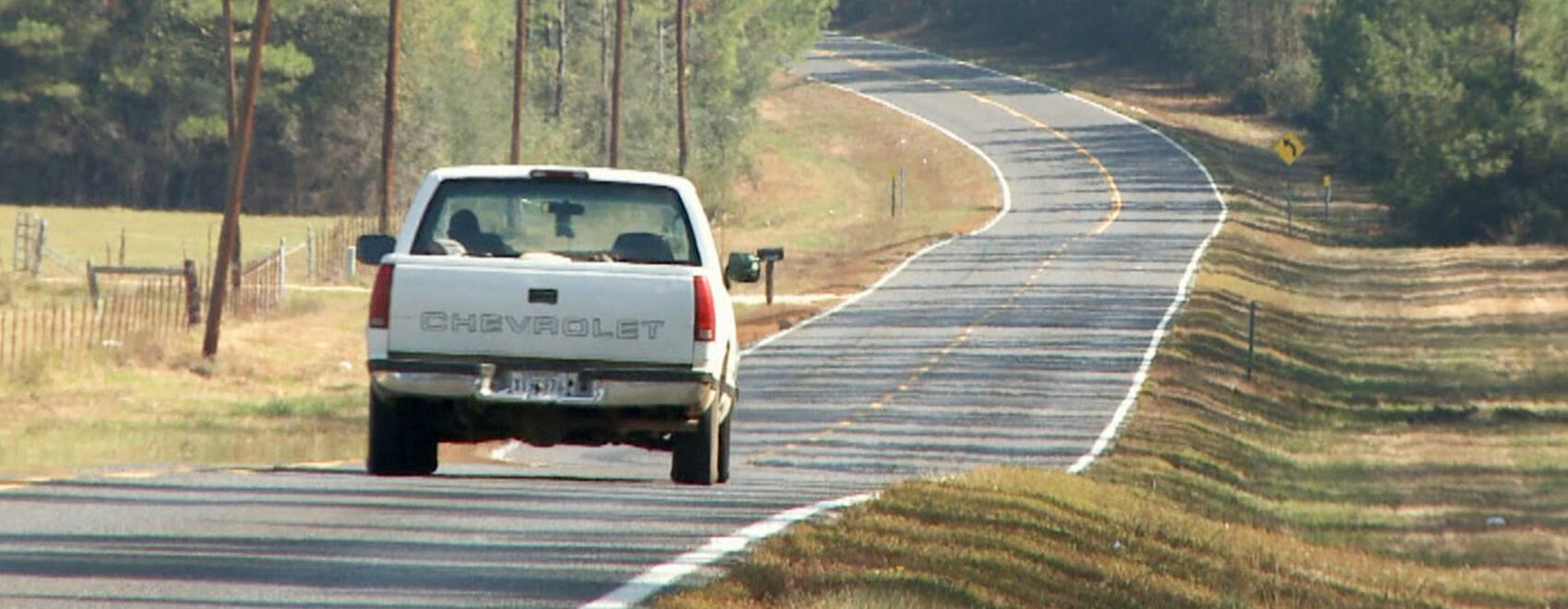
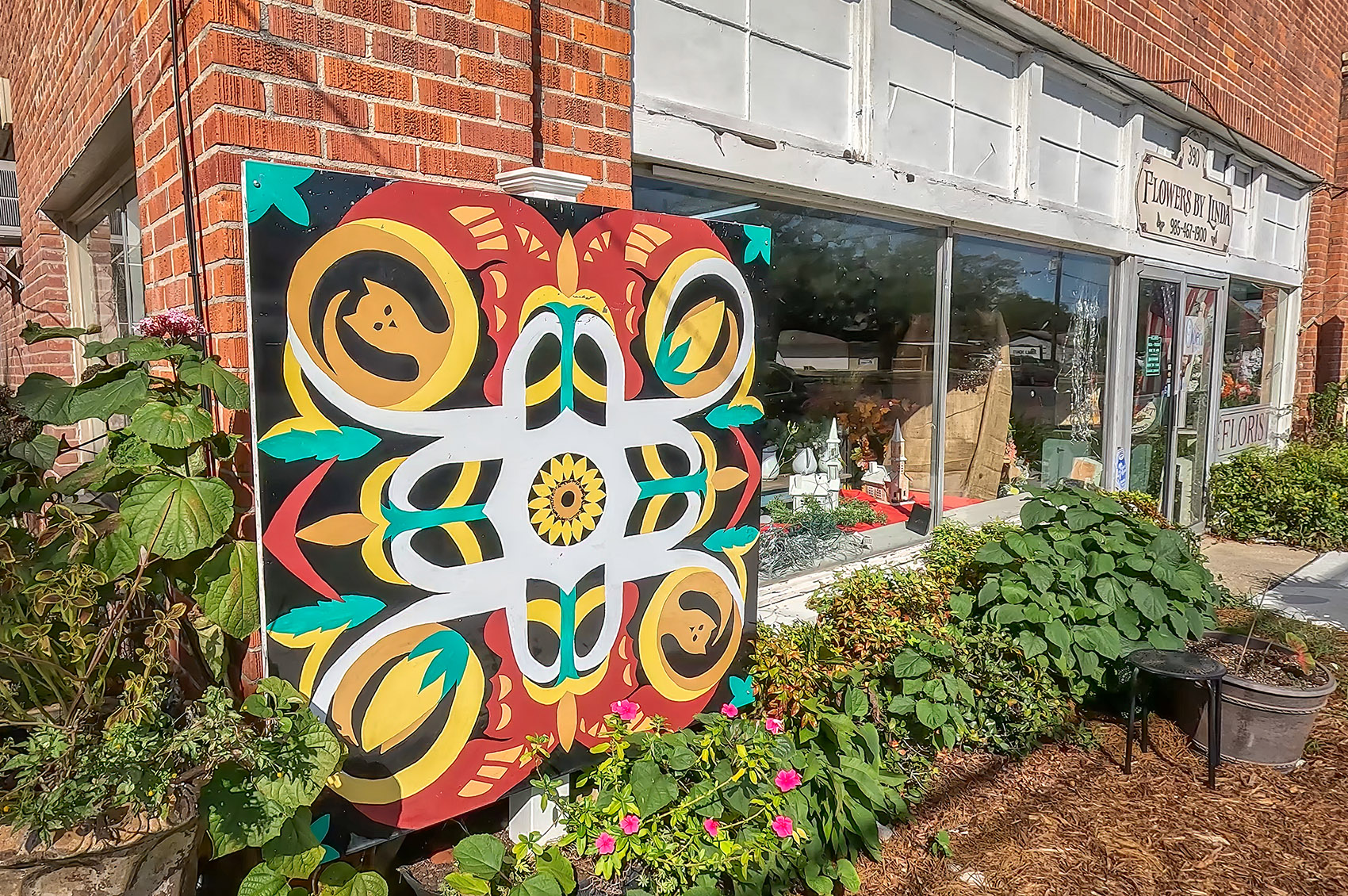
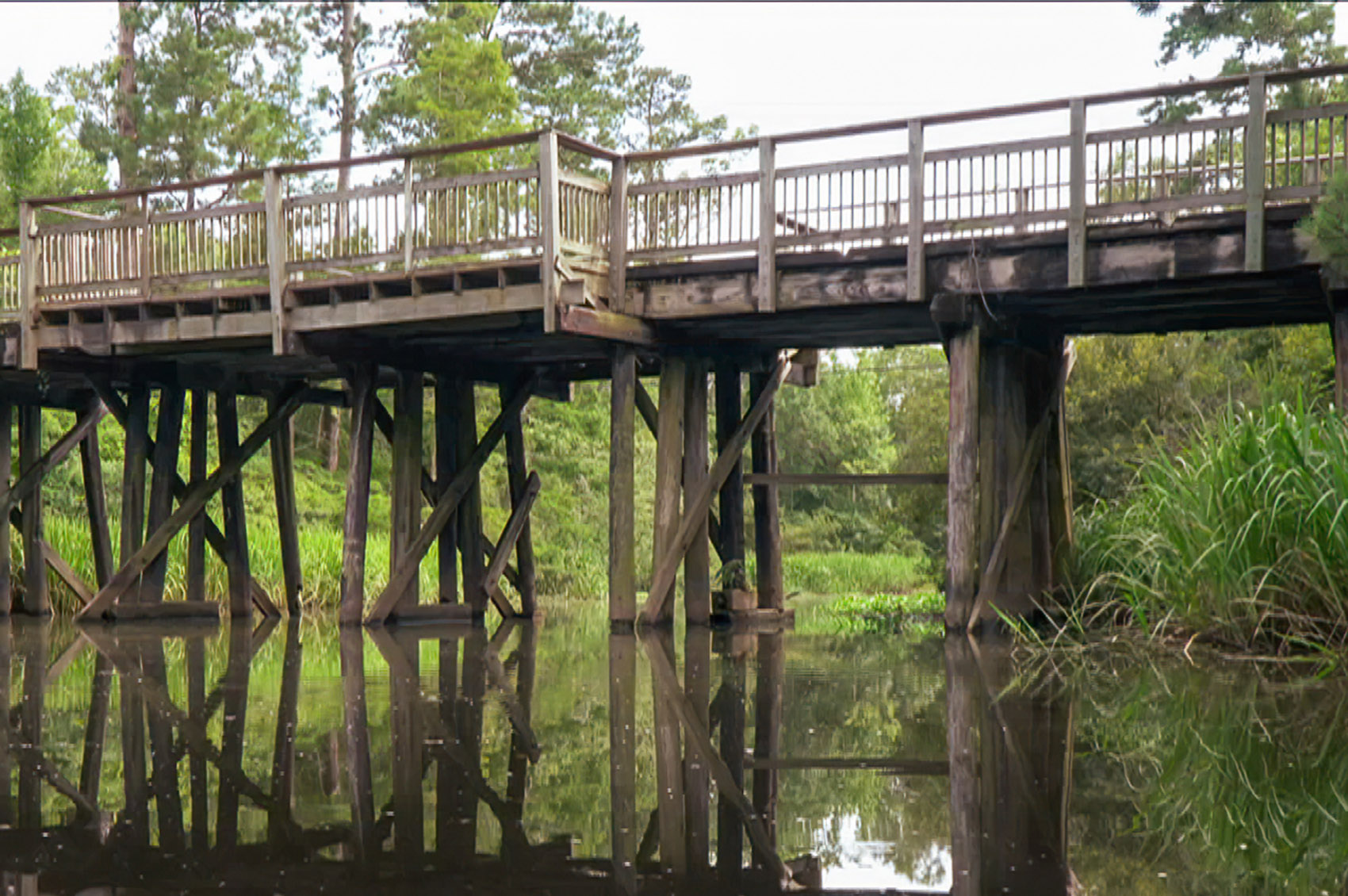
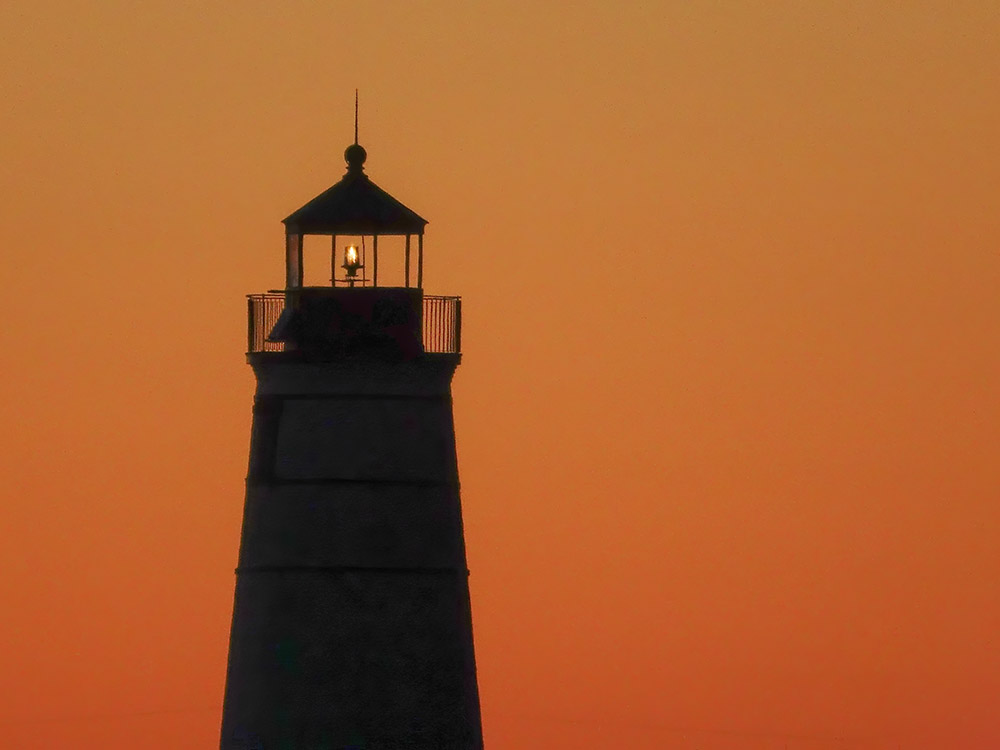
Rhonda
My great grandmother & grandmother were born & raised in Greensburg, I’ve never heard this before, thank you, enjoyed
Paul James Norman
It looks like a Tunguska-type impact. Had that been a solid impact just 10,000 years ago it would have formed a big creator / lake.
Michelle Melancon
Thanks for this much appreciated!
M. Hoffpauir
I’m a geologist, highly unlikely this bolide impacted as opposed to exploding very near the surface. Some drilling would need to be done to determine the extent of the crater. With only 10-12ka years having gone by, filling in an Arizona style crater with small scale sedimentary processes is highly unlikely.
ELLIS R. SISK
Could this be a contributing factor to the ” Younger Dryas” event?